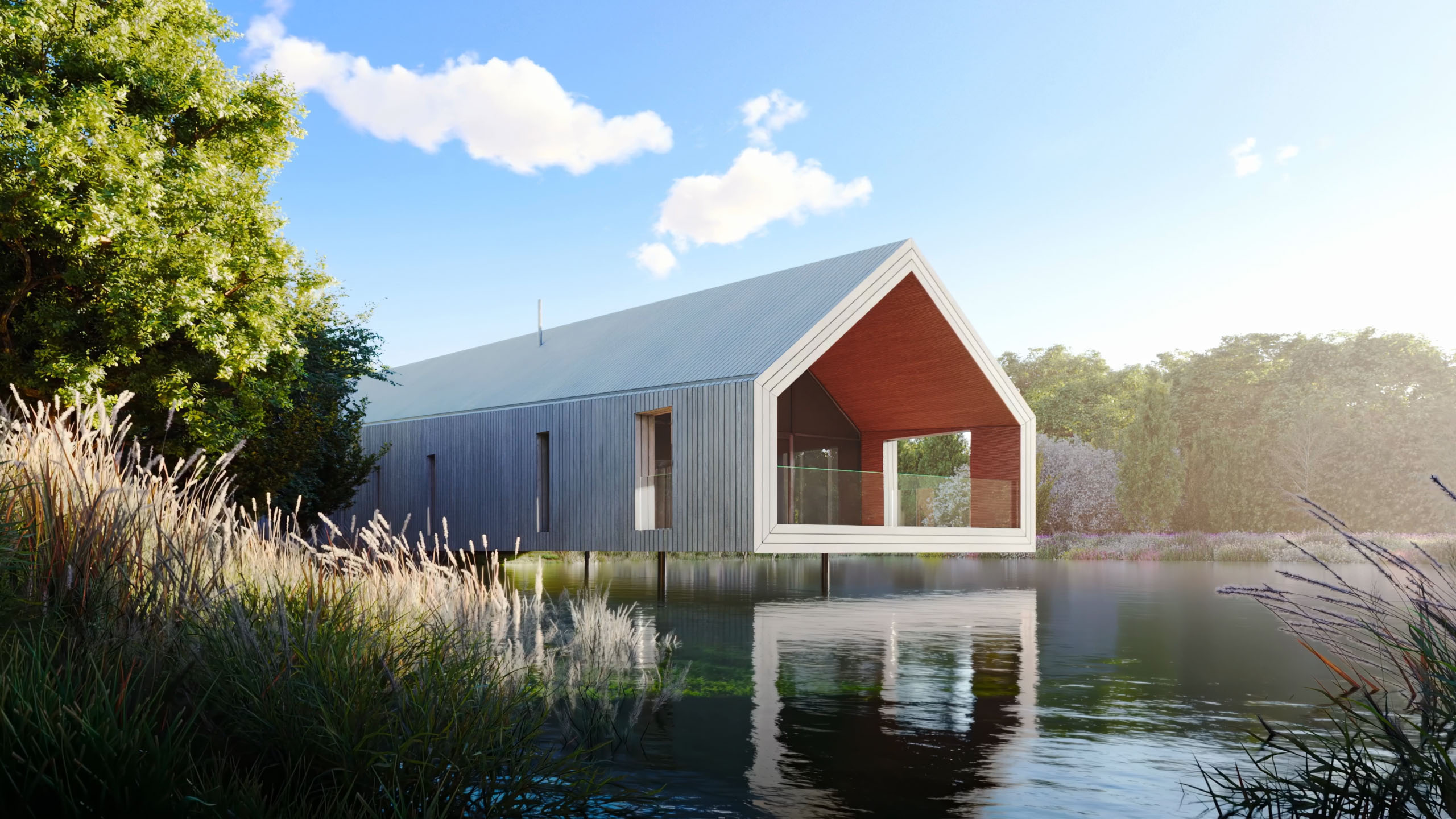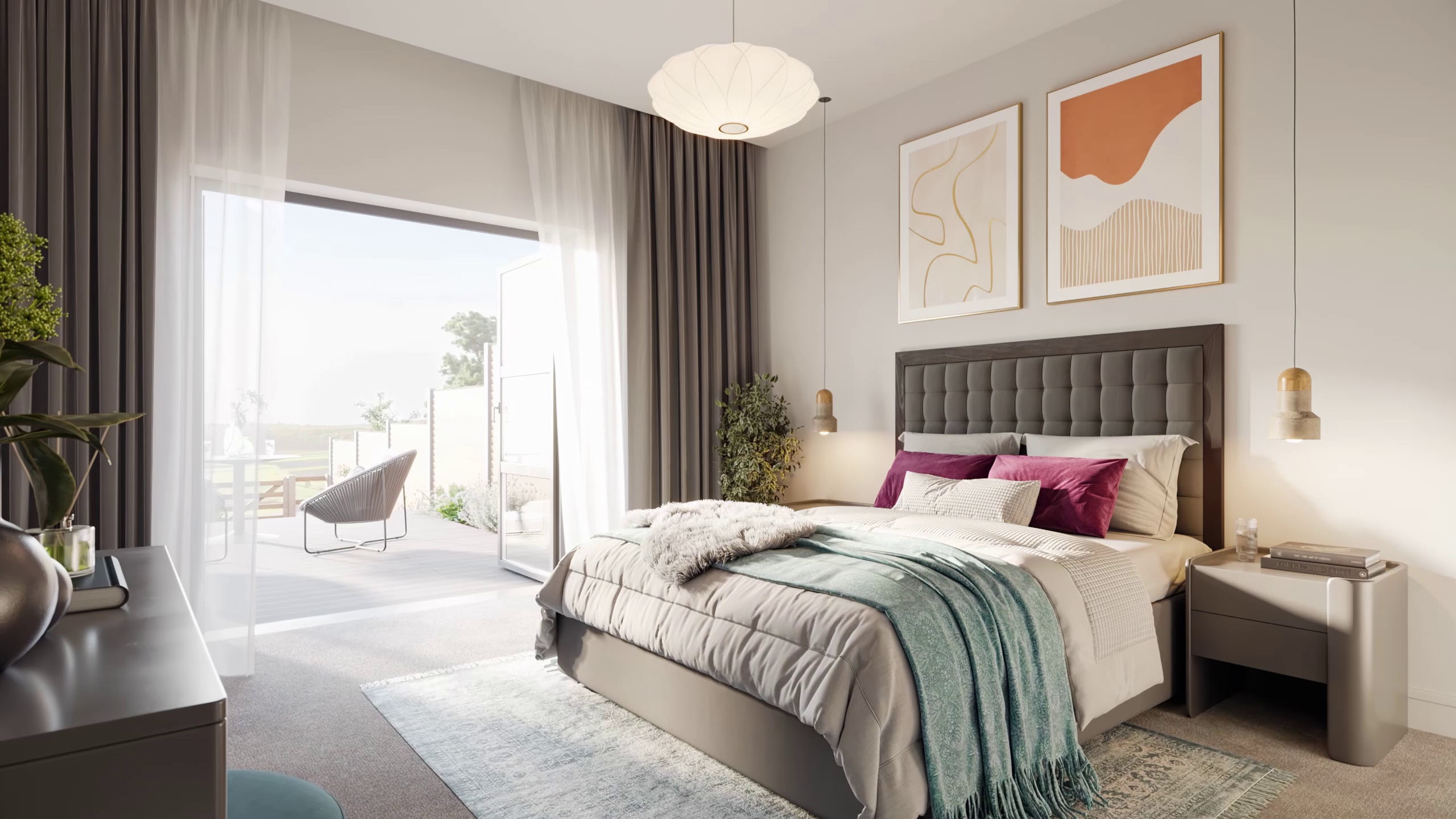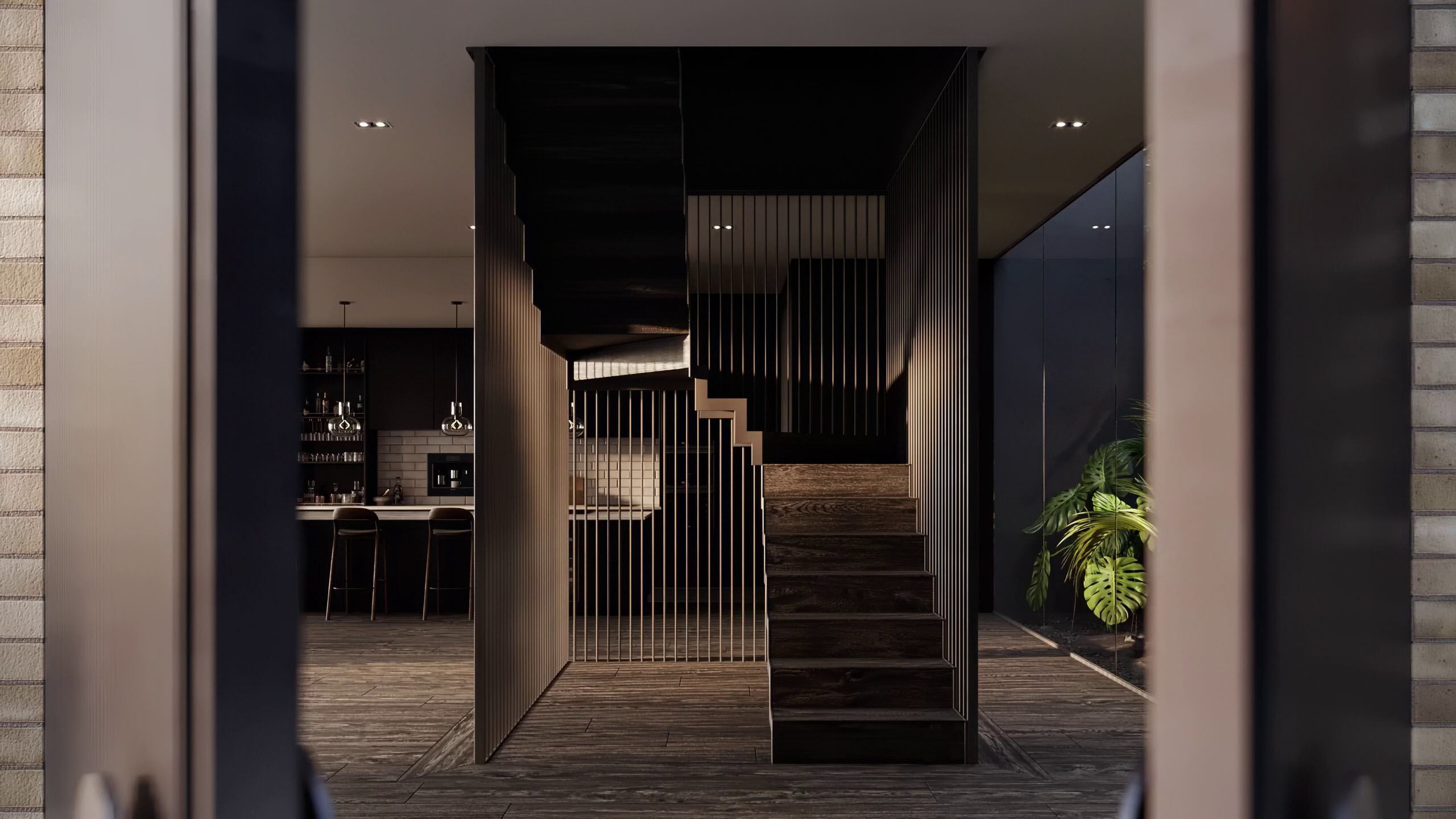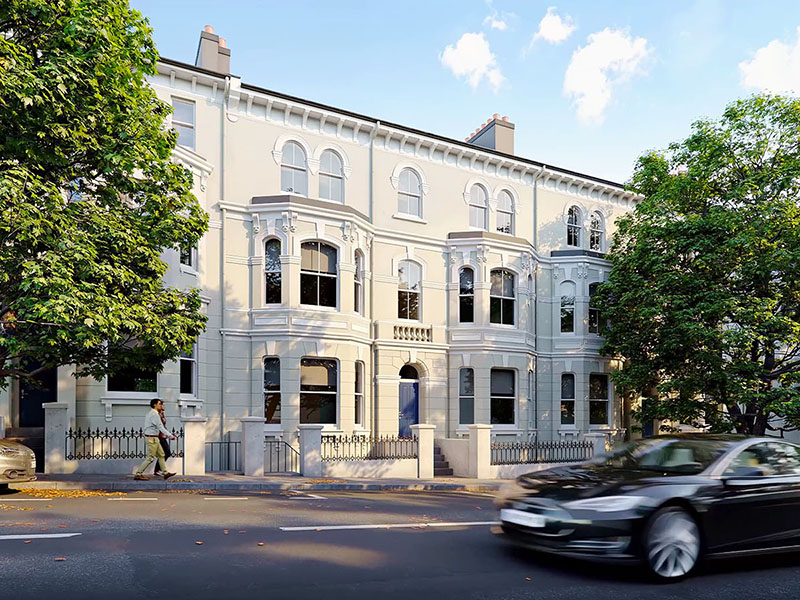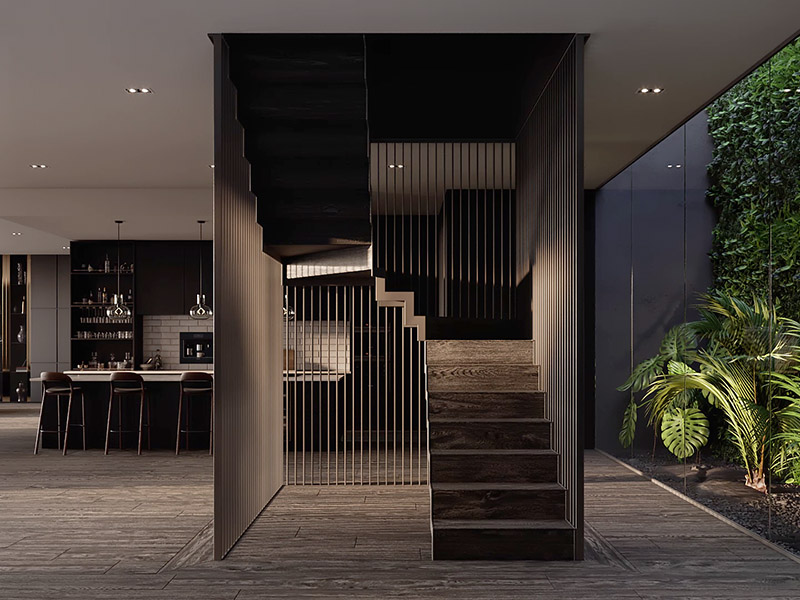Why Should You Work with Curved Axis?
Animation is becoming a standard for architectural visualisation projects, with freelancers, in-house artists and visualisation studios, all having the ability to produce some form of 3D animation. So, why should you choose Curved Axis for your next project?
- Cinematic animations, that are cost-effective, designed to captivate audiences and boost marketing potential – Explore our portfolio
- Capacity to work on large-scale animations projects without compromising quality or timeframes
- Experienced animation team based in Central London
- Tailored solutions that suit you. Each project and client is unique, and we adapt our services to match your specific needs
- Automation and cutting-edge technology enable us and our clients to stand out in competitive markets, driving continuous improvements in quality and efficiency
- Excellent customer service and effective communication ensures that you are only involved when you are needed, allowing you to focus on other priorities
What is Architectural Animation?
Architectural animation is the art of visually representing built structures and their environment as moving images. By following the basic principles of animation, a series of still images (or frames) is created, each slightly different from the last. When played back in sequence as a video, these frames create the illusion of motion, such as clouds drifting across the sky, trees swaying in the breeze, or a camera smoothly navigating through a development. This same technique is used in 3D animated movies, 2D hand-drawn cartoons, and stop-motion animations.
3D architectural animations are predominately made up of rendered images. The process of 3D rendering begins by modelling buildings and environments in 3D, applying textures, lighting, animating cameras and rendering each frame. We go into more detail about our 3D rendering process here.
To ensure animations are smooth, multiple frames are rendered out for each second of animation. Most architectural animations are produced at 25 frames per second, which means 25 individual frames are rendered for every second of animation. This fluid motion is what makes animation such an engaging format and ideal for digital marketing and social media campaigns. However, producing such a large number of frames is resource-intensive, which contributes to animations taking longer to produce and being more costly than still CGIs.
Architectural animations often integrate additional video formats to elevate storytelling and effectively communicate their message. Motion graphics elegantly convey key information, making complex ideas more accessible, while live-action footage adds context and realism, showcasing how spaces might be used and bringing them to life with human interaction.
The Benefits of Architectural Animation vs Still CGIs
- Help people visualise their dream homes – Bring floor plans and elevations to life, with animations that allow potential buyers to understand the spaces and how they connect
- Highlight key selling points of a development with animations that effectively communicate important information
- Increase engagement and conversion rates with exciting digital marketing content that captures your audience’s attention
- Build emotional connections with animations that tell a story and make potential buyers fall in love with your development
Animations and still CGIs each bring unique advantages to a project. The best part is, you don’t have to choose one over the other as they complement each other perfectly. The work involved in creating still CGIs can be repurposed for animations, making CGIs an excellent foundation for any project.
Still CGIs work well in static formats like brochures and construction hoardings, while animations excel in presentations and digital marketing campaigns, drawing more attention and engagement. To maximise impact, we offer bundled packages of still CGIs and animations at a discounted price.
Architectural Animation Workflow
Planning
The process begins with us gathering as much information about your project as possible. This step is especially crucial for animations, as a clear understanding of the project’s objectives and artistic direction prevents unnecessary revisions and saves valuable time. Once we’ve established the requirements, we provide a detailed proposal outlining our approach, costs, and delivery schedule.
Storyboarding and Previsualisation
Animation production starts with storyboarding, where basic sketches outline the composition and intention of each shot. This step provides a clear visual roadmap for the project.
Previsualisation
Using the storyboard as a guide, we then create a simple clay animation to evaluate the flow and pacing. This stage, known as previsualisation (or previz), ensures the animation aligns with the intended vision before moving into full production.
Preview Animation (with 3D Still Renders)
Each shot is carefully developed by refining lighting setups, adding textures, and incorporating all necessary details. Once complete, full-quality stills are rendered for each shot. These samples provide a clear preview of the final animation’s look, allowing clients to review and provide feedback before committing to the time-intensive rendering process.
An updated version of the preview animation is created to showcase the motion and flow of the near-final production version. If any changes are needed, revisions are made, and an updated animation and samples are issued for client approval, ensuring everything meets expectations before proceeding to the final rendering stage.
Final Delivery
Once the updated animation and 3D stills are approved, the animation is rendered at full quality. The rendered frames are composited, and any necessary post-production enhancements are applied. The final version is then delivered to the client for review and approval.
Frequently Asked Questions
It varies greatly. The main factors that determine the price and timeframe are the animation length, number of shots, modelling complexity and animation types. Please contact us for an accurate quote.
The easiest way to lower the cost of an animation is by reducing the amount of 3D rendering involved. This can be achieved by shortening the overall length of the animation or by replacing 3D rendered scenes with another animation type. In some cases, 3D rendered scenes can be swapped for motion-graphics, cinemagraphs or live-action stock footage, saving both time and costs while maintaining visual impact.
While a reputable freelancer may be a good option for simple still visualization projects, they will likely struggle to deliver high-quality animations promptly. Animations are significantly more demanding, involving a higher number of shots, greater complexity, and the need for extensive rendering power. Most freelancers lack access to a poweerful in-house render farm, making it difficult to efficiently produce animations at the required quality.
By working with us, you gain peace of mind and consistent quality throughout your project. We offer a professional service with clear communication, ensuring you’re only involved when necessary so you can focus on other important tasks. Our streamlined workflows, experienced team, and advanced technology ensure that your animation will be delivered on time, meeting the highest standards.
Yes, architectural fly-throughs are more limited, featuring a camera moving through a static 3D model. While they excel at showcasing designs and spatial layouts, they don’t fully harness the potential of an animation.
Cinematic animations take things further by incorporating 3D animated elements, immersive audio, and other animation types. These enhancements elevate storytelling, engage audiences more effectively, and maximise marketing potential.
Our standard animation resolution is Full HD (1920x1080 pixels) which is perfect in most cases. For projects requiring even greater detail, we can render animations at 4K Ultra-HD (3840x2160) as an optional upgrade. We can also produce animation at other reasonable resolutions to meet your specific needs.
Absolutely! Providing a 3D model can reduce the amount of modelling work required compared to starting from 2D plans. While these models will need optimisation to prepare them for photorealistic rendering, they can speed up the production process.
We commonly work with 3D CAD models from Revit or Rhino, and architectural models created in SketchUp or 3ds Max
Yes, we most commonly add people to our animations using lifelike 3D/4D scanned models from Anima. This diverse collection allows us to enhance animations by bringing them to life, adding context, and helping viewers visualise how spaces will be used, whether that is a couple sat drinking coffee or an entire crowd.
No, you don’t need to buy still renders with an animation, but in most cases it makes sense to. Since animations require most of the same modelling, lighting, and texture work, still renders can be added at a discounted bundled price. They can then be combined effectively in marketing campaigns, with CGIs enhancing static formats like brochures, and animations boosting engagement in digital marketing.
Yes, as standard we offer two rounds of revisions on the 3D still renders and preview animation before rendering the final version. The number of feedback rounds can be increased, depending on the requirements of a project. However, once the final animation is rendered only minor tweaks can be made.
We ask for the following information to get an understanding of a project and its objectives:
- The type of project e.g. commercial interiors, residential exteriors, mixed, etc.
- The approximate length of the animation
- The purpose of the animation and where iot will be used e.g. websites, marketing suites, client presentation, etc.
- What files will be available to us e.g. floor plans, interior elevations, 3D model, specifications, etc.
Whether you want to discuss an upcoming project, talk about career opportunities or just say hi, we would love to hear from you!
